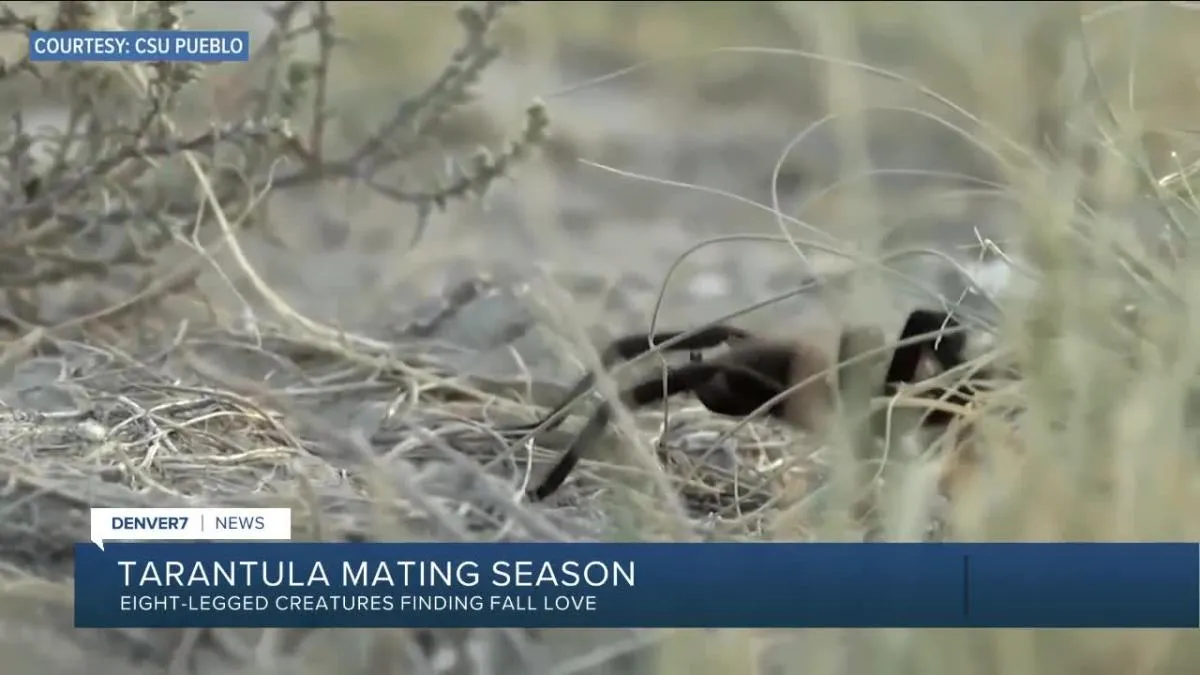What is Tarantula Migration?
Tarantula migration is a remarkable natural event, a seasonal journey undertaken by these large, fascinating arachnids. It’s not a mass exodus across vast distances, like the migration of birds, but rather a localized movement primarily driven by the need to reproduce. During migration, mature male tarantulas leave their burrows, venturing out in search of receptive females. This journey can be a captivating sight for nature enthusiasts and a critical phase in the tarantulas’ life cycle, directly impacting their reproductive success. Observing this phenomenon offers a unique opportunity to witness nature’s intricate processes at work.
Understanding the Paso Robles Habitat
Paso Robles, a region known for its rolling hills and diverse landscapes, provides an ideal setting for the tarantula migration. The area’s climate, characterized by warm, dry summers and mild winters, creates a favorable environment. The variety of plant life, from grasslands to oak woodlands, offers suitable conditions for the tarantulas. The terrain provides different micro-habitats, influencing where tarantulas choose to burrow and hunt. The presence of these micro-habitats contributes to the overall ecosystem health, supporting a rich diversity of insects and small animals that serve as prey for the tarantulas. Understanding the Paso Robles habitat is crucial for predicting the timing and location of the tarantula migration.
Why Do Tarantulas Migrate?
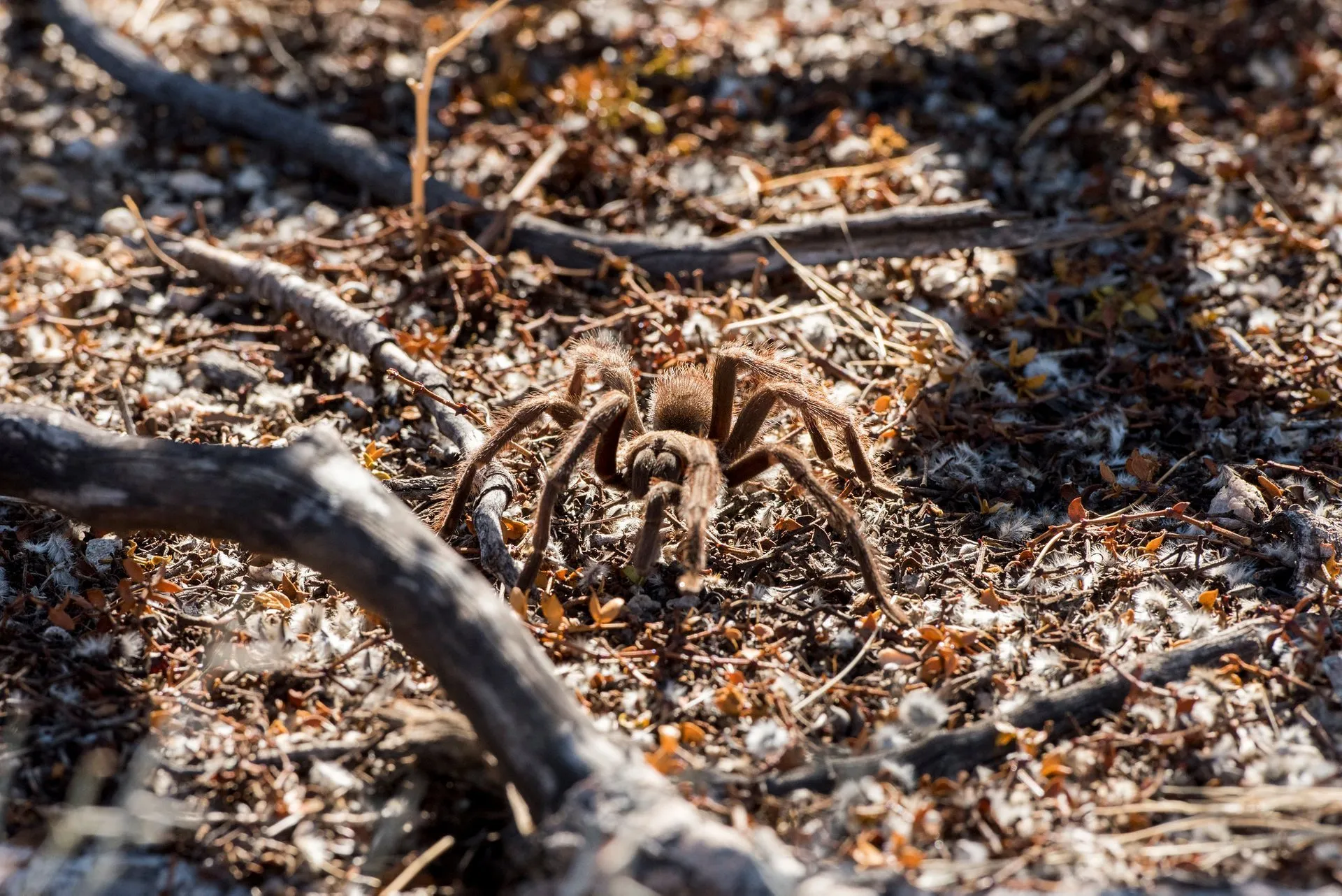
The fundamental reason behind tarantula migration is reproduction. Male tarantulas, upon reaching maturity, depart from their burrows seeking females to mate with. This journey is essential for the continuation of the species, as it allows males to expand their search area. The migration is a risky undertaking, exposing them to predators and environmental dangers. Females, remaining in their burrows, await the arrival of potential mates. After mating, the male’s life cycle usually ends, whilst the female will lay eggs in her burrow. This mating cycle is the driving force behind the migration, ensuring the continuation of the tarantula population and species survival.
Factors Influencing Migration
Several factors play a key role in influencing the timing and intensity of tarantula migration. Temperature is a major trigger, with warmer conditions often initiating the mating season. Humidity levels and rainfall also influence the activity of tarantulas; these spiders prefer conditions that are not overly dry. The availability of food sources in their habitat, which directly affects their overall health, can indirectly influence the migration. The presence of predators, such as birds of prey and other spiders, may also influence the routes and timing of migration. Understanding these influencing factors allows enthusiasts and researchers to anticipate and prepare for this natural phenomenon.
Tarantula Species in Paso Robles
While various species of tarantulas can be found in the United States, the tarantulas found in Paso Robles are generally of the genus Aphonopelma. These are often recognized for their relatively docile nature. Identifying the specific species can be a challenge, but size, coloration, and the presence of urticating hairs (fine hairs on their abdomen, used as a defense mechanism) are key identifiers. The tarantulas’ behaviors during the migration offer clues to their identities. Observing and learning about these species allows appreciation of the diverse wildlife found in the Paso Robles region. Remember to observe responsibly and maintain a safe distance.
Identifying Local Tarantulas
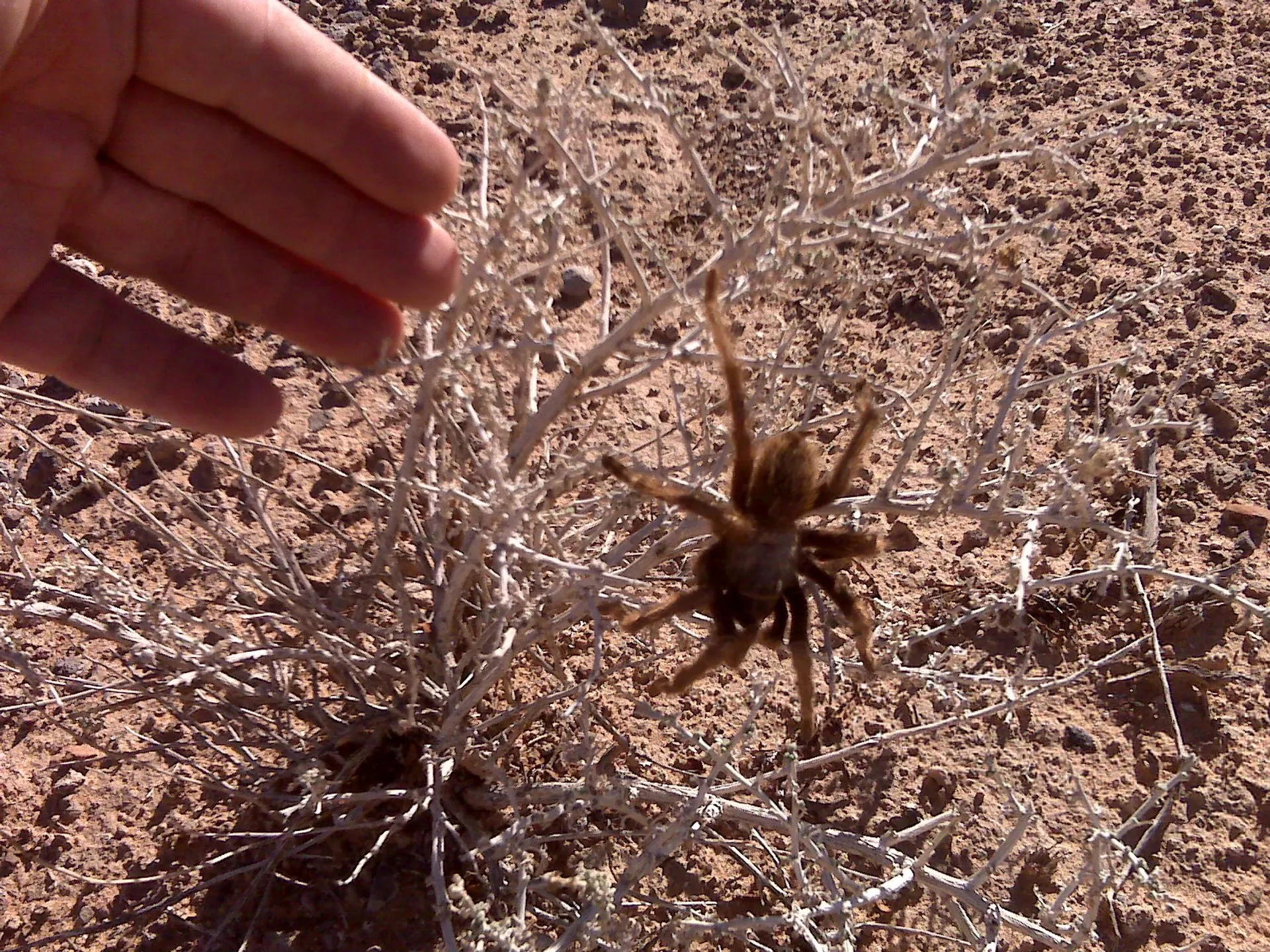
Identifying local tarantulas in Paso Robles involves observing their physical characteristics and behaviors. Key features to look for include their size, usually ranging from 3 to 6 inches in leg span, and their coloration, which can range from dark brown to black. The presence of hairs and any distinctive markings should also be noted. Behaviors during migration, such as activity levels and movement patterns, can provide valuable clues to the species. Consult with local experts, use field guides, and take detailed notes and photographs to aid in identification. Accurate identification will help you understand more about the local biology and the conservation needs of Paso Robles tarantulas.
Best Time for Paso Robles Tarantula Spotting
The ideal time to spot tarantulas migrating in Paso Robles is typically late summer and early fall, often from September to October. This period aligns with the mating season, when male tarantulas are most active. The peak migration usually occurs a few weeks after the first significant rainfall following a dry summer. These weather conditions trigger the males to emerge from their burrows. The exact timing may vary from year to year, so it is helpful to check local wildlife reports. Planning your visits during this period increases your chances of witnessing the incredible natural event of tarantula migration. Keep an eye on local weather forecasts.
Peak Migration Season
The peak migration season is the most exciting time to observe the tarantula migration in Paso Robles. During this period, large numbers of male tarantulas are on the move, increasing your chances of sightings. The peak usually lasts for a few weeks but is influenced by weather. Local wildlife reports and community observations can help in tracking the migration’s progress. Visiting during this time maximizes your opportunity to observe the tarantulas in their natural environment. During this time, you can see the tarantulas exhibiting their mating behaviors.
Ideal Weather Conditions
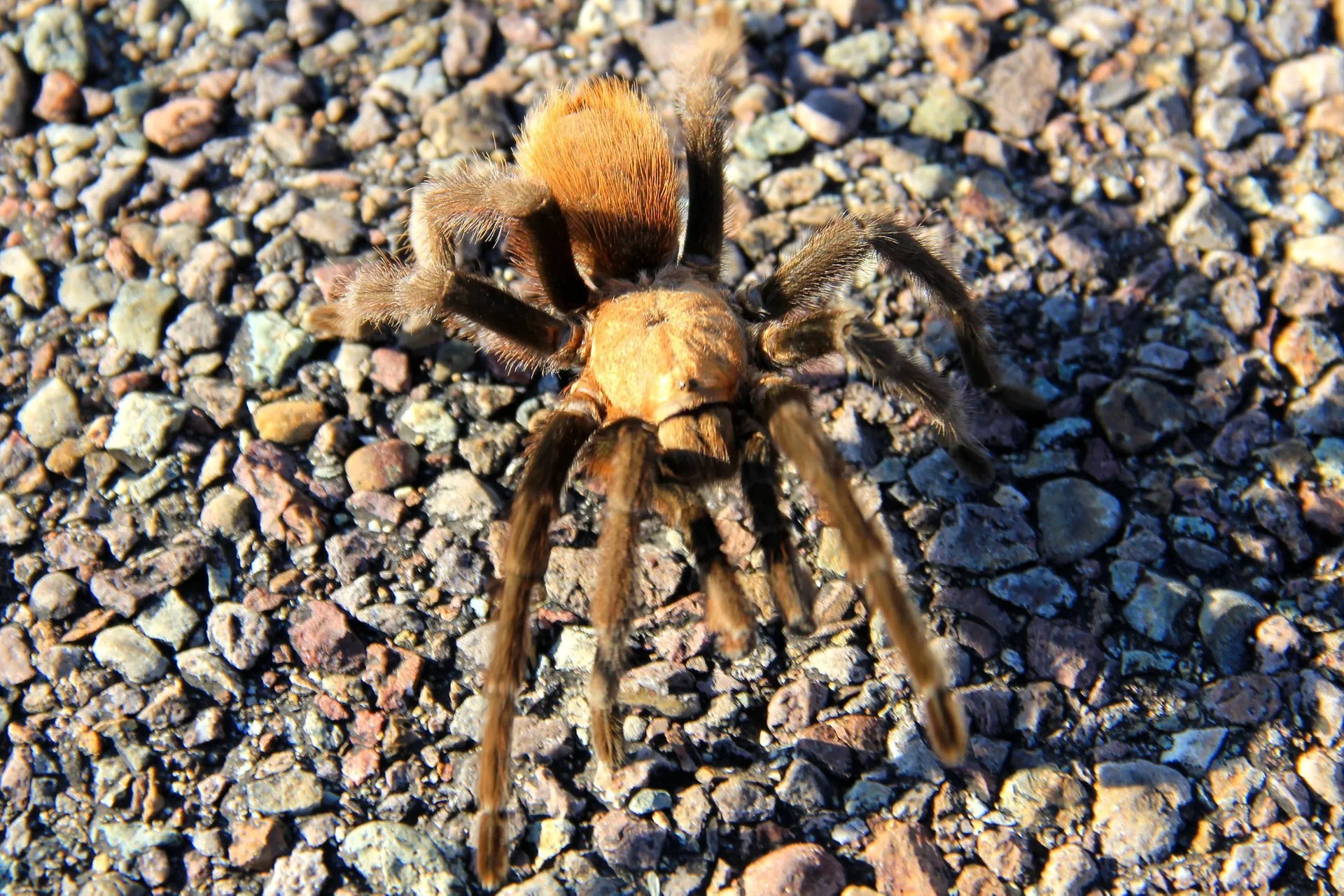
Ideal weather conditions for observing tarantula migration in Paso Robles include warm temperatures, moderate humidity, and dry days. Tarantulas are more active when temperatures are favorable, and these weather conditions encourage them to emerge from their burrows. Light rainfall can also stimulate the migration. Avoid visiting during extreme heat or strong winds. Check local weather forecasts and plan your visit for the best viewing experience. Calm weather also helps with photography, allowing for better shots of the tarantulas.
Top Paso Robles Viewing Locations
Several locations around Paso Robles are known for tarantula activity during migration. These include open grasslands, hiking trails in oak woodlands, and areas near water sources. Look for areas with undisturbed habitats. Local resources can provide the latest recommendations for specific locations. Be sure to respect private property and stay on designated trails when exploring. Some parks may offer guided tours during migration season. These guided tours can give you a safe and informative viewing experience.
Popular Hiking Trails
Hiking trails are excellent locations for observing tarantula migration in Paso Robles. Trails through open grasslands and oak woodlands are particularly good habitats. When hiking, stay alert and watch for the spiders crossing the trails. Wear appropriate footwear and clothing, and stick to the established paths. Check for any trail closures before starting your hike.
Recommended Viewing Times
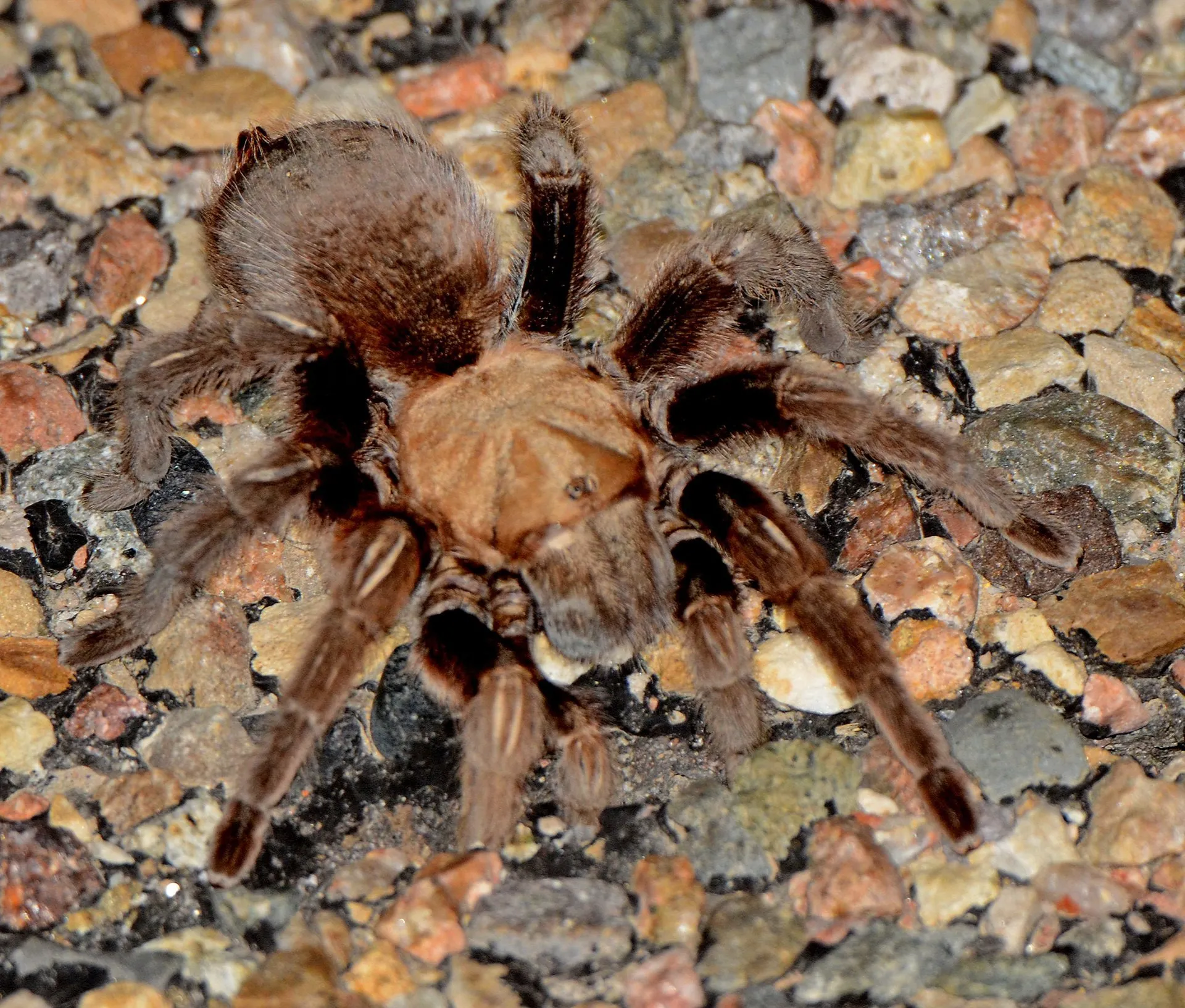
The best times for viewing tarantula migration in Paso Robles are the late afternoon and early evening hours, when the tarantulas are most active. Cooler temperatures encourage them to emerge. The reduced sunlight also makes it easier to spot them. Bring a flashlight or headlamp. Be mindful of your surroundings.
Ethical Tarantula Observation
Ethical tarantula observation protects these creatures and their habitats. Maintain a safe distance. Do not handle the tarantulas. Leave no trace by staying on designated trails. Avoid using flash photography. Do not interfere with their natural activities. These practices contribute to the conservation of tarantulas and their environment.
Safety Precautions
Safety precautions are vital when observing tarantulas. Wear sturdy shoes. Be aware of your surroundings. Avoid walking in tall grass. If you encounter a tarantula, give it space. Carry a first-aid kit. Inform someone of your hiking plans. Consider hiking with a companion.
Respecting the Tarantulas
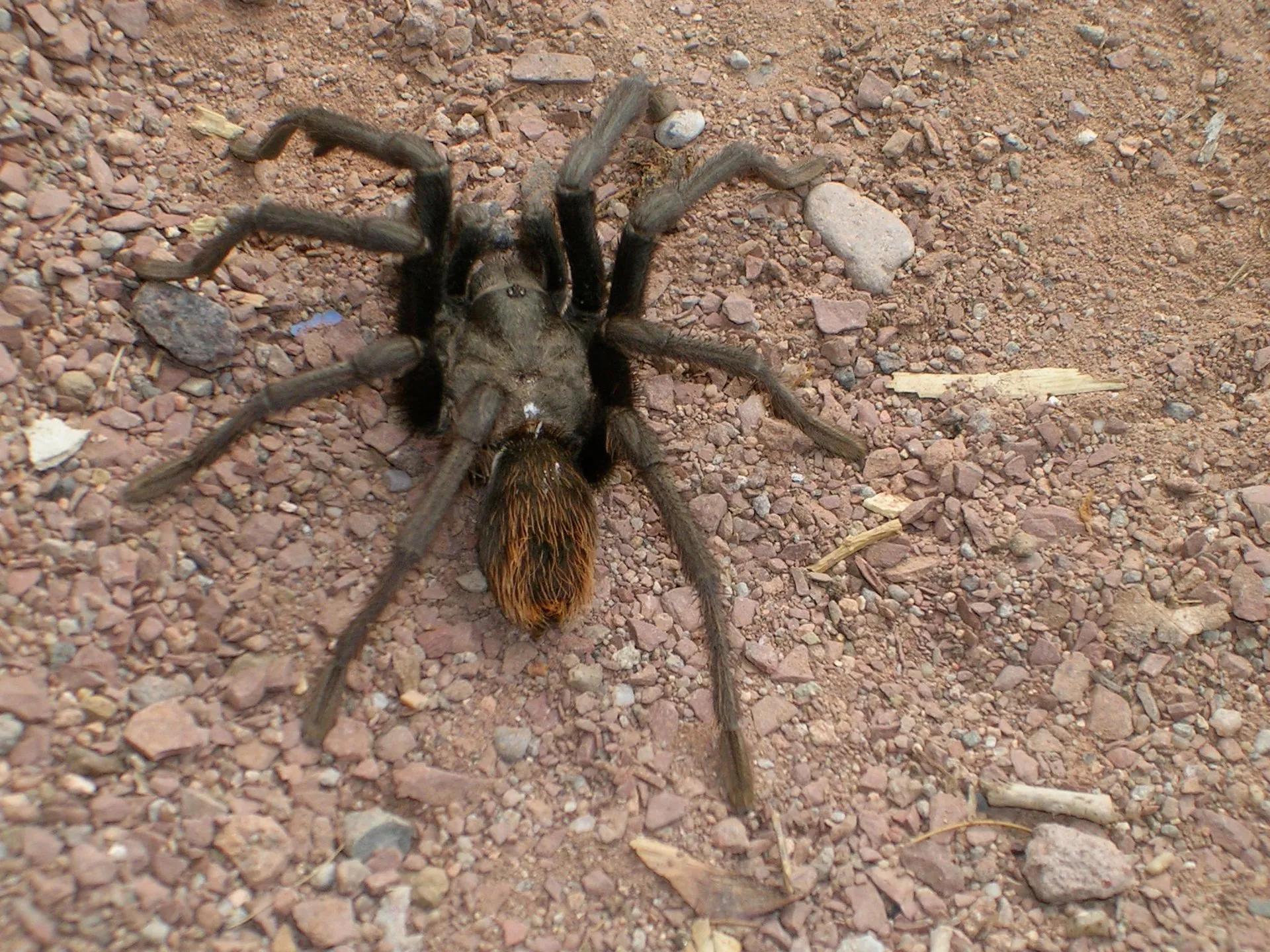
Respecting tarantulas means understanding their role in the ecosystem. Avoid disturbing their behaviors. Do not relocate or capture them. Stay on marked trails. Learn about the threats they face. Support conservation efforts. Promote awareness to ensure their survival.
Photography Tips for Beginners
For beginners, photography tips include using a macro or telephoto lens to capture detailed images. Focus on the eyes. Use natural light. Try different angles. Be patient and take multiple shots. Maintain a safe distance.
Equipment Recommendations
Essential equipment includes binoculars, a camera with a macro or telephoto lens, sturdy hiking shoes, appropriate clothing, a flashlight, a field guide, and a first-aid kit. Carry water and snacks.
Capturing the Perfect Shot
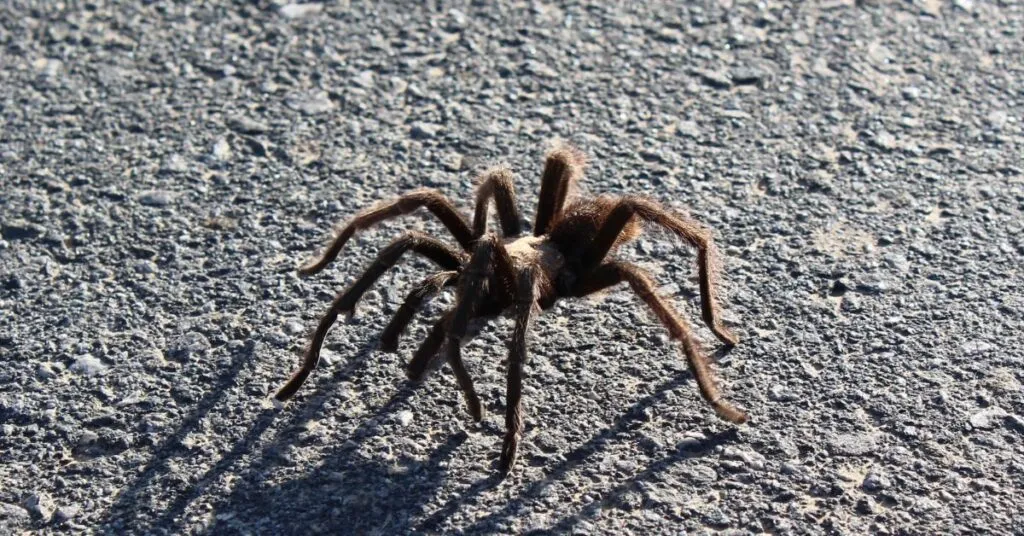
To capture the perfect shot, choose the right time of day. Position yourself for the best angle. Use a fast shutter speed. Experiment with different compositions. Focus on the eyes. Take multiple shots. Respect the tarantula and its environment.
Frequently Asked Questions
Common questions include: Are tarantulas dangerous? (Generally, no.) When is the best time to see them? (Late summer and early fall.) Where can I find them? (Open grasslands and trails.) What should I do if I see one? (Observe from a safe distance.) Can I touch them? (No.) How long does the migration last? (Several weeks.) What do they eat? (Insects.) How big do they get? (3 to 6 inches in leg span.) What can I do to protect them? (Support conservation.)
Common Questions about Tarantula Behavior
Common behavioral questions include: Why do males tap on the burrow? (To signal their presence.) What do they do after mating? (Males die.) How do they defend themselves? (Urticating hairs and bites.) Are they aggressive? (Generally docile.) How do they hunt? (They ambush.) How long do they live? (Females live for years.) What do they eat? (Insects.) How often do they molt? (Young tarantulas molt more.)
Conservation and Tarantula Migration
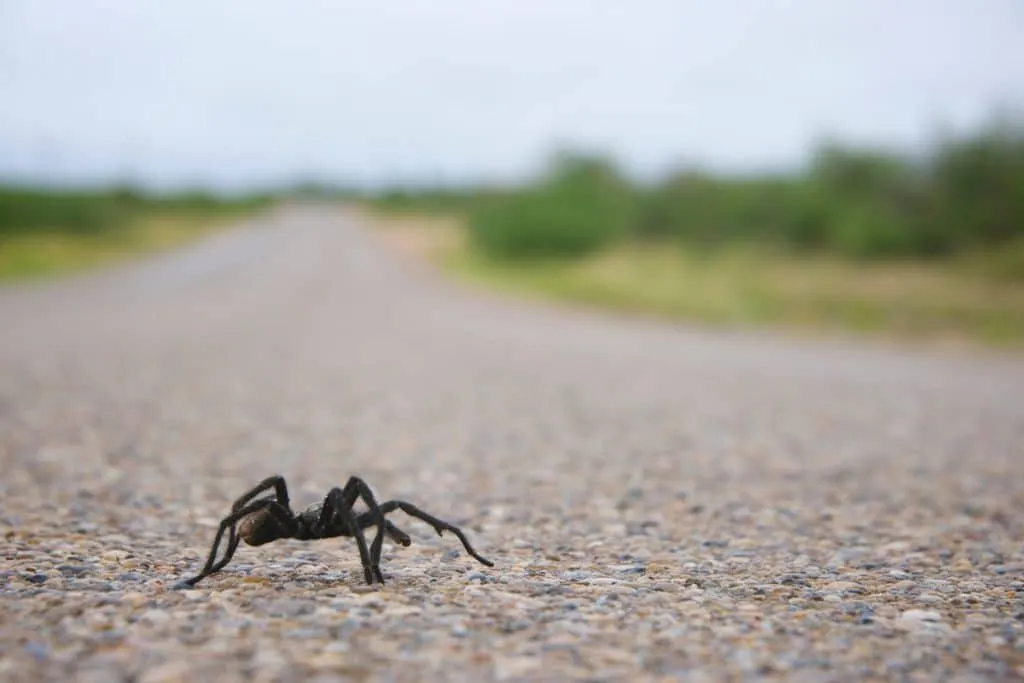
Conservation is critical to protecting tarantula migration. Habitat loss, pesticide use, and climate change are threats. Support conservation efforts by advocating for habitat protection. Educate others about the importance of tarantulas. Join or donate to conservation organizations to help preserve habitats.
How to Support Tarantula Conservation
Support conservation by learning about local tarantulas. Support conservation organizations through donations or volunteering. Advocate for habitat protection. Educate others. Avoid using pesticides. Participate in citizen science. Practice ethical viewing. These actions protect tarantulas and their habitats.
